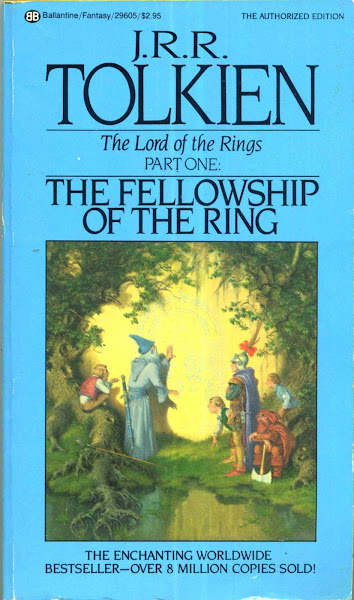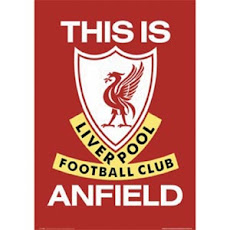Breaking
down B-Meg’s 24-Second Shot Clock
Part 2
by rick olivares pics by brosi gonzales
Before I break down B-Meg’s shot clock
management, here are some of my thoughts on Game Two.
For the most part, it seemed like Chot
Reyes was getting out-coached by Tim Cone. TNT didn’t seem to have an answer
for the point forward of Joe DeVance who brought up the ball and gave James Yap
and PJ Simon some freedom to move and choose their spots.
There was a stretch in the fourth
period when Yap scored to make it 97-92 with a little over two to play. I thought
there was a bad call on DeVance that allowed Kelly Williams to make two free
throws to cut down the lead.
Then it was perhaps the most important
play of the game that helped TNT steal this game. With 1:31 left, Jason Castro
sliced down the middle of the lane for a fearless and gutsy layup for a 96-99
score still in favor of B-Meg.
During the timeout that preceded
Castro’s trey, Reyes told him to create the play. In order to defend Castro who
had drove in numerous times, Cone brought in Jonas Villanueva. While not as
speedy as Josh Urbiztondo or Mark Barroca Villanueva, theoretically – there’s
that word again -- is not easy to get around. But not when Castro is playing
well above the three-point arc. Castro hit that deadeye trey for a 100-99 lead.
But given the lead, TNT kept giving
B-Meg an opportunity to either equalize or comeback. Donnel Harvey, who played
incredibly well, and Williams missed four straight free throws. The Llamados on
the other hand, misplayed shots (Yap) or threw the ball away (Denzel Bowles who
seemed fatigued in the end).
As Cone put it, they allowed TNT to
steal this when they had it. Now this is a best-of-five series.
Prior to the match, I bumped into
Coach Tim at the parking lot and he said that he read the piece I wrote about
the 24-second shot clock management theory. This was something we discussed
some time ago but never got to verify given a lot of matters. I tried it out in
Game One and you all saw the breakdown of their shot clock. Coach Tim said the
first time he read it was in an NBA article a long time ago. My piece, which he
found “fascinating that I wanted to comment” (his words) was the first since
that ages-old piece where there was an attempt to break it down based on a
team’s game plan.
If you missed the first part, here’s
the theoretically, a basketball team has five
opportunities in a 24-second shot clock.
The first six seconds are usually
off the fastbreak or the quick putback where the percentages are higher.
The next six are of lower
percentages because the defense is better set.
In the next six (18 seconds), the
percentages are better because this is when an offensive team should pick apart
the defense with its set plays.
The next three seconds are still
good because the designated scorer should have the ball in his hands.
The last three seconds,
the percentages plummet because this is what you call the desperation shot.
Like I said, it is a theory and a work
in progress. By no means does this tell the complete story of why a team won or
lost. What it does though is paint a picture of how they manage their shots.
According to Coach Tim, even during
his time in Alaska, the coaches would talk about this but not at great length.
Even with B-Meg, it has been discussed off-hand but again, nothing really
serious. Maybe this bears some watching now.
The PBA’s Willie Marcial also read it and he gave me the thumbs up on what I am trying to do. Well, I tried it again and in a different format and one of these days I will get it down pat along with the opposing team’s shot clock management.
Again, going by the 24-second shot
clock management theory, B-Meg scored well in first and third six-second
series.
If you look at my Game One stats,
B-Meg scored 17 points in the last six seconds of their shot clock. In Game
Two, the Llamados scored 25 points in the last six seconds. A couple of things,
B-Meg is a little more patient and composed with its execution, and two, TNT’s
defense is either not too great. Coach Chot mentioned in the post-match
presscon last night that his players have to play the full 48 minutes with total
concentration. That also goes for the shot clock. They defend to the last
second.
Ideally, I should chart TNT’s shot
clock management, but man, I only have one writing hand. Hopefully, I can get
someone to help me with it soon.














No comments:
Post a Comment